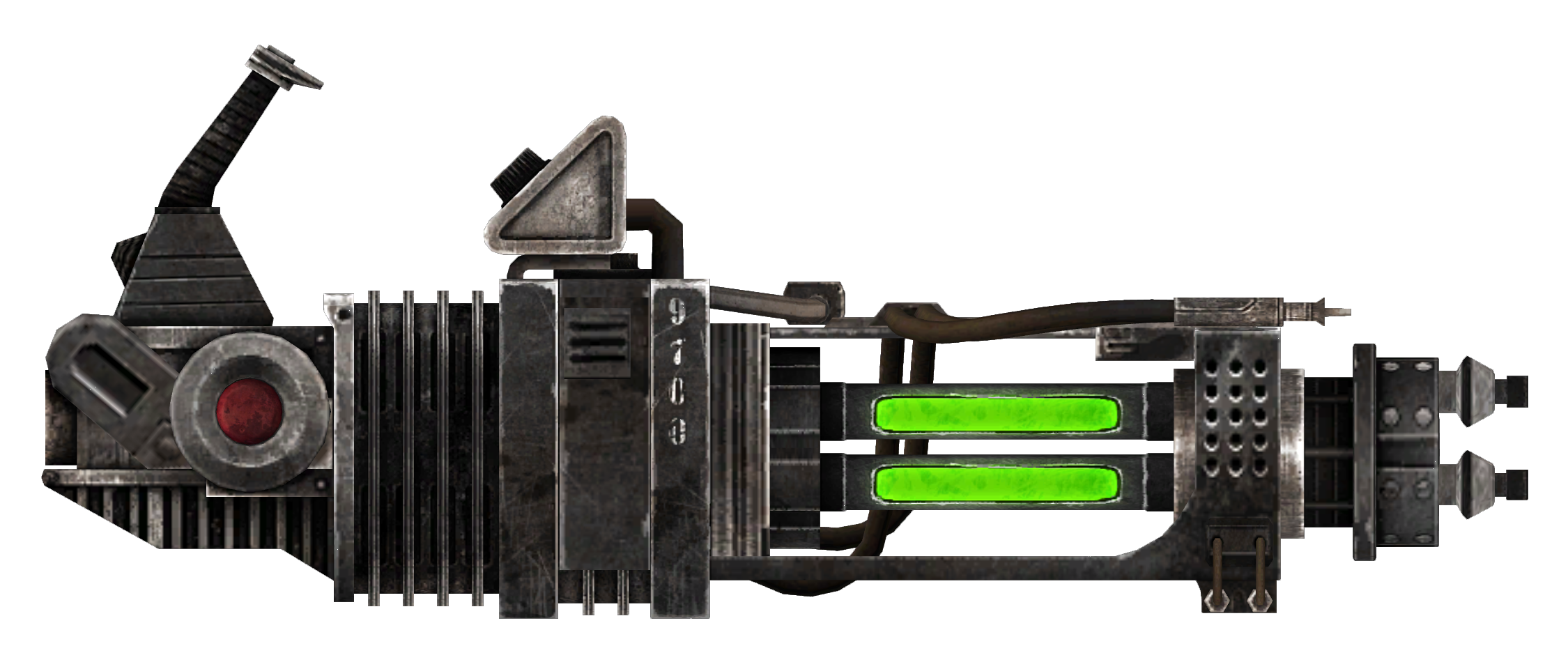


However, the plasma bolt chamber can be hotwired in order to accelerate the bolt formation process, effectively turbocharging the rifle. The bolts form into toroids in the plasma chamber, which are then sent down a superconducting barrel, propelled by, and in some models stabilized by electromagnetic claws upon exiting it. Plasma rifles or plasma casters are high tech weapons firing superheated bolts of plasma, powered by either microfusion cells or heavy energy cells, which find numerous applications in military and industrial fields. It would have to be mounted in a stationary position or on a vehicle.The following section is transcluded from Plasma rifle. A foot soldier thus could not carry a plasma cannon powerful enough to be useful. Even a small plasma cannon with only the firepower of an air gun weighs about 20 kg (without current supply). This makes it possible to "dial in" any velocity desired and allows the projectile to reach a speed at which it would be possible to "outrun" the burn rate of a conventional propellant.Ī clear disadvantage of the plasma cannon is its weight. The more energy that is supplied the faster the gases expand and the faster the projectile can be accelerated. The advantage of a plasma cannon is that it uses electricity for its energy source. Associated volumetric expansion propels the projectile from the barrel at high velocity. The gap between the electrodes ionizes, turning the non-flammable propellant medium into a super heated conductive plasma. However, a militarily useful energy is achieved with as little as several kilojoules. The capacitor is loaded with as high a voltage as possible. Both are attached in series to the electrode system in the cannon's barrel. To generate the energy required to make a plasma discharge, a high current, high voltage source and a large capacitor bank are used.


 0 kommentar(er)
0 kommentar(er)
